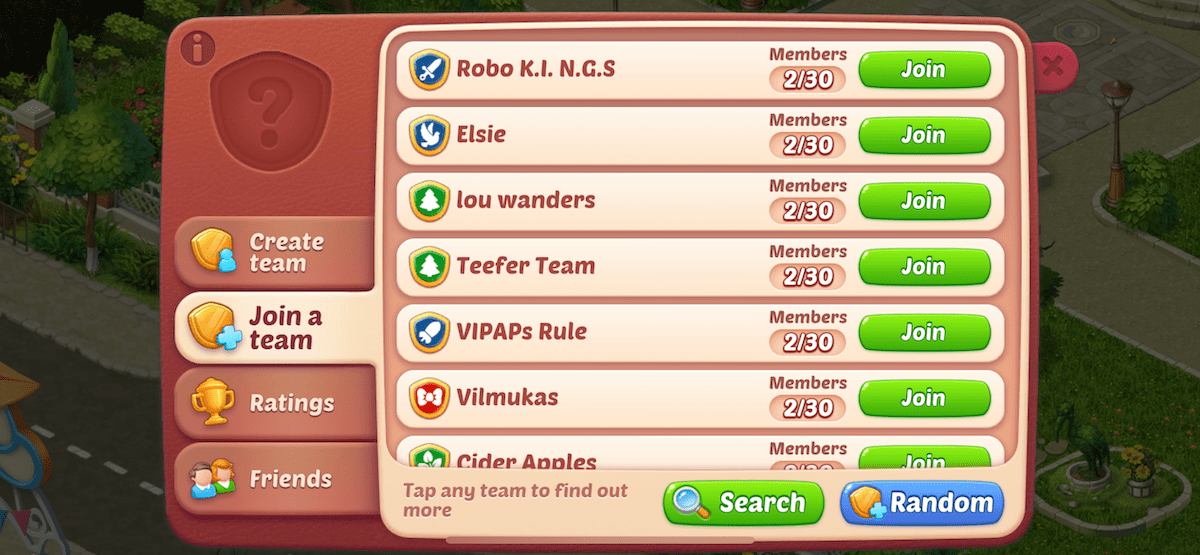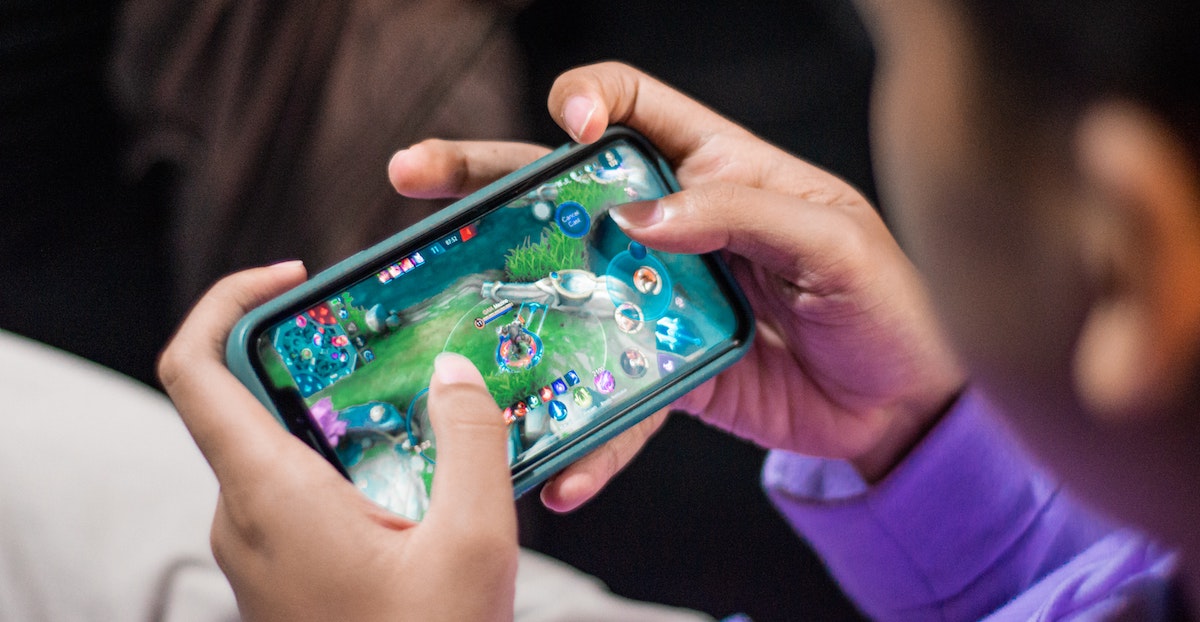
Adding multiplayer elements to your mobile game is a straight-up win-win situation. It creates a sense of community, brings a competitive edge, and gives your players a reason to come back. Taking all that on might feel intimidating. But today, building quality mobile multiplayer is easier than you might think.
But how exactly do you make your mobile game multiplayer? What steps do you need to take? And what do you need to consider? We will cover in this two-part article that will help set you on the path to mobile multiplayer glory.
This first part will look at the broad concepts and overarching considerations. And next time, we’ll dive into the tech and techniques for part two.
Yes, your game is suitable for multiplayer
We appreciate there are different types of games. But multiplayer isn’t purely about competition and online shooters. There are so many opportunities around co-operative multiplayer, asynchronous play, community-driven experiences, social play, and even asymmetrical systems inspired by board games. And there is absolutely room for new takes on multiplayer.

Image source: Homescapes mobile game
The point here is that there are no firm rules on what elements of a game can be made multiplayer. That is multiplayer’s ultimate appeal – offering shared experiences or ways to let players compare or combine their game experiences. If you feel intimidated by layering this in, then start simple.
Ask yourself how you can bring any social element to your game. Before tackling anything more advanced, even a simple item trading system might get you started.
Different genres may need different multiplayer features
But what if my game really is a single-player thing. Shouldn’t I stick with that?
We hear you. A handful of genres are, to this day, very much single-player focused. Or at least they appear to be
Let’s say you’re making an entirely conventional mobile 2D shooter (or ‘shmup’, if you prefer). For decades, shmups have been about solo players pushing individual skills to incredible levels. Yet those same games’ two-player modes often feel like a lesser, messier variant of the main game. Sticking in a second-player ship doesn’t always compliment the form.
But today, shmups almost always have online leaderboards so those players can compare scores. That’s a very rudimentary form of multiplayer – but also a starting point for building something more. Why not a team-based shmup, or shmup where a team assumes the role of the enemies or a system where you can hijack weaponry from a leaderboard player in the position below you?
It really depends on how a multiplayer element will add to your game. So have a think, do your research, and maybe even test with different groups of players.
There are four motivations when it comes to multiplayer
Game design almost boils down to meeting the psychological desires of players – that’s as true on mobile, PC, console, or any platform. Understanding what your players want and need from a game lets you build a more successful title.
Fortunately, you don’t need to be a psychologist to understand what motivators you can work with at the design stage to attract players to your game (and keep them playing). And a very specific set of factors inspire multiplayer play. Here are some of the common ‘social catalysts’ to consider leveraging when you build your multiplayer mode:
1. Beating other players
To a greater or lesser extent, we all give thought to how we are perceived in the world. This is true in multiplayer games as much as out here in reality. Competitive gaming and leaderboards offer a chance for players to assert their success and relevance. Giving limited cosmetic items – maybe a certain hat – to successful players also lets them ‘peacock’ their success in future multiplayer appearances, inspiring other users to commit more. And give all your players plenty of stats and badges (or similar) for leveling up. We all like to receive and share indicators for our success and status.

Image source: Pandhuya Niking on Unsplash (thanks!)
2. Mastering a skill
Taking pleasure in doing something well is built into the core of our psychology. It’s an instinct that motivates our species’ forward journey. Mastery is also highly attractive to players in a multiplayer context – because comparing yourself against other people is the mark of mastery. This is connected to social comparison – but here, think about the learning curve and journey your player follows, and be sure that both winners and losers all reap some reward for their effort and progress.
3. Trying something new
We’re all attracted to new ideas and concepts. That same instinct motivates real-world desires to learn, travel, and try new things. So consider how you can make your multiplayer game as distinct as possible – without getting to the point where it is all novelty and too little substance.
4. Connecting with friends
We’re a social species, so community features keep us coming back to games. More than that, they can inspire deep engagement and encourage customers to become evangelists through the likes of streamed content. So be sure to consider community features when designing your multiplayer system. Guilds, friend lists, and team modes are your friends here.
The Bartle Player Types
Related to the above, way back in the 1990s, Dr. Richard Bartle studied players in early online communities. He concluded there are four player types (though we can all embrace parts of each category): Socialisers, explorers, achievers, and killers.

Today, Bartle Player Type theory is often used to guide the gamification on non-gaming projects. But reading up on Bartle’s work could really help you master mobile multiplayer.
Start planning for multiplayer from the get-go
The golden rule for just about every game design and development element is “factor it in from the start”. So if you can design multiplayer into your game from the off, perfect. That means the multiplayer experience is deeply connected to the core game and should be integrated with everything from your character design to your in-game economy.
But if you’re midway into production or you’ve made a dozen updates following the full release of a single-player game? You’re still well-positioned to seize the multiplayer opportunity. There is ample opportunity to introduce a multiplayer mode that also serves as a major, marketable update in the era of maintained games. There’s a good chance it will mean building out an entirely new model, rather than forcing multiplayer onto a solo campaign. But you could dip your toe in the multiplayer waters with a good old online leaderboard.
Multiplayer is the Future
You might want to get dipping that toe into those waters because multiplayer is increasingly becoming a standard in mobile gaming – something players expect and look for. In turn, that is seeing multiplayer becoming a key factor in the success of many of the most popular mobile titles. And smartphone technology is now at a point where remarkable things are possible.
Mobile processing power is now stronger
5G means faster internet connections for smartphone devices. The rise of crypto-gaming and play-to-earn is injecting new interest and investment into social mobile gaming experiences. And the backend technology that enables mobile multiplayer has become more powerful, affordable, and easy to use for teams of all sizes.
Esports is rising in popularity
Elsewhere, esports has certainly proved the appetite for competitive gaming. And now mobile is a major part of that world. The vast and diverse mobile audience is much more multiplayer savvy than ever before and eagerly receptive to a range of connected experiences.
All of which means it’s easier than ever to build quality, successful mobile multiplayer experiences. Add that to the fact that multiplayer can improve your mobile game’s reach, engagement, retention, and overall success, and the question you might have to ask yourself is: ‘why wouldn’t I add multiplayer to my game?’
That’s it for part one. Be sure to head back to check out part two of this series, where we’ll consider technology, practicalities, and mobile-specific design approaches.